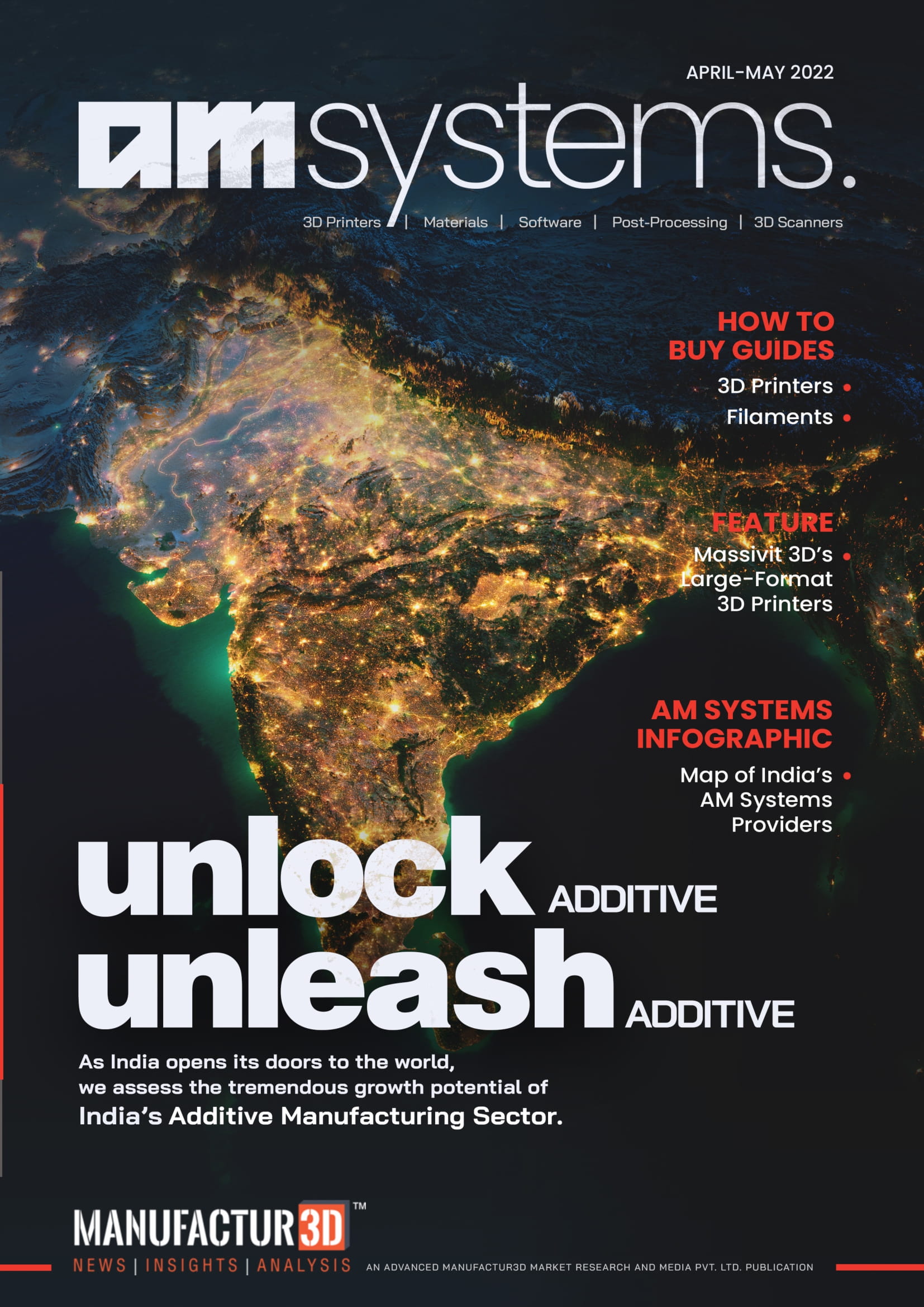Driving the industrialization of additive manufacturing (AM) further, EOS one of the world’s leading technology suppliers in the field of industrial 3D printing announced that it will unveil its newest and revolutionary technology for polymer additive manufacturing – the LaserProFusion at the upcoming Formnext 2018. Comprising of nearly one million diode lasers melting the material and building up the part layer by layer, this build process is said to be so productive that it can even serve as an injection molding alternative for various applications.
In its new LaserProFusion technology, EOS replaces the laser sintering process which uses CO2-laser moving along the entire build area with up to one million lasers. This technology now helps to achieve a maximum total output of up to 5 kilowatts. For each layer, only the diode lasers that match the CAD data of the part right down to the exact pixel are activated. This ultimately results in shorter exposure times irrespective of the number of parts and geometry.
LaserProFusion technology

Speaking about how this new revolutionary technology is helping the company increase productivity, Dr. Tobias Abeln, Chief Technical Officer (CTO) at EOS said, “With the LaserProFusion technology, we are achieving a new level of productivity in polymer industrial 3D printing for serial manufacturing. It is a technology that can be an alternative to injection moulding in many applications, respectively enables tool-free injection moulding. This will make industrial 3D printing attractive for a completely new market in the future.”
In addition to the LaserProFusion, EOS will also be showcasing its latest EOS M 300-4 system as foundation of a production cell for serial additive manufacturing with metal materials. The production cell is the interaction of its software and hardware solutions for metal industrial 3D printing. It integrates all essential solutions for an optimal flow of parts and data throughout every step in production with AM including design, AM build process and quality assurance.
This allows EOS to meet the strict requirements for an AM serial production and supply companies with a complete range of solutions from one single source. The EOS M 300-4 forms the core of the production cell. By offering 10 times higher productivity, the system is ideal for manufacturing industrial-grade quality products.

To monitor the AM build process, the system can be configured with EOSTATE Monitoring-Suite which comprises of four different monitoring modules (System and Laser, PowderBed, MeltPool, and Exposure OT) that enable users to capture production and quality-related data necessary for quality assurance during the build process, especially in large-scale manufacturing, as reproducible high part quality is absolutely essential.
The production cell can also be connected to existing MES/ERP applications through EOSCONNECT – a software solution from EOS which with its open OPC UA interface fully integrates additive manufacturing in industrial production environments. New digital marketplaces and Internet of Things (IoT) platforms are also supported. Therefore, all the machine and production data obtained can be used in real time and form the basis of a digital factory.

In addition, to the new technology and production cell, EOS will also introduce Technology Readiness Level (TRL) in both the field of metals and polymers, which will provide additional clarity on the maturity of materials and processes. Under TRL, EOS will be providing level of information availability and transparency that will enable companies to compare industrial 3D printing with traditional manufacturing technologies and other 3D printing technologies. The TRL concept was developed by NASA and is established in numerous industries.
Developed by the American space agency, National Aeronautics and Space Administration (NASA), the TRL concept is established in numerous industries. The concept consists of multiple levels wherein Level 5, for example, refers to a verification of the technical solution, while the highest, Level 9, refers to full production capability documented with extensive statistical data. With valid parameters for part properties, EOS will be doing both facilitating as well as accelerating the transition to serial additive manufacturing.
About Manufactur3D Magazine: Manufactur3D is an online magazine on 3D Printing. Visit our Tech News page for more updates on Global 3D Printing News. To stay up-to-date about the latest happenings in the 3D printing world, like us on Facebook or follow us on LinkedIn and Twitter.



